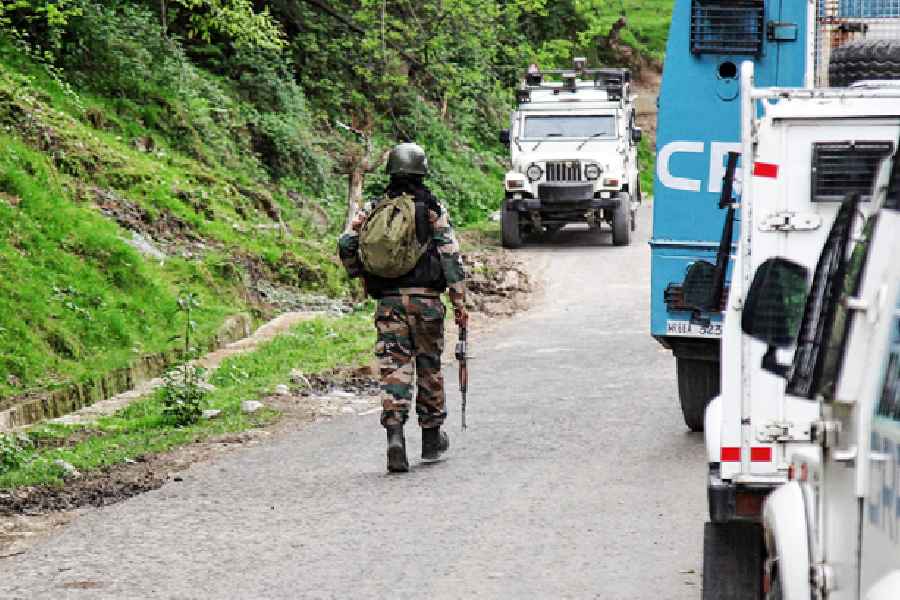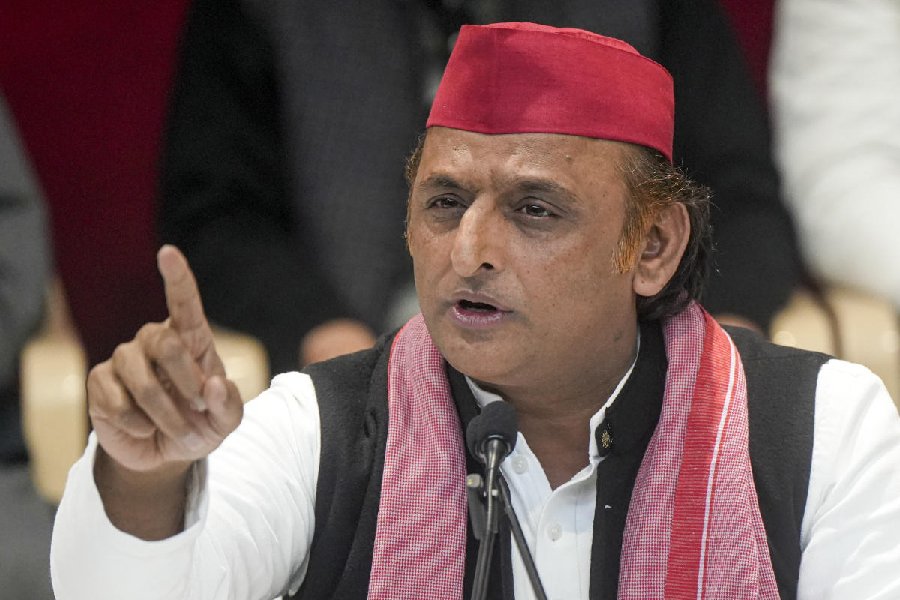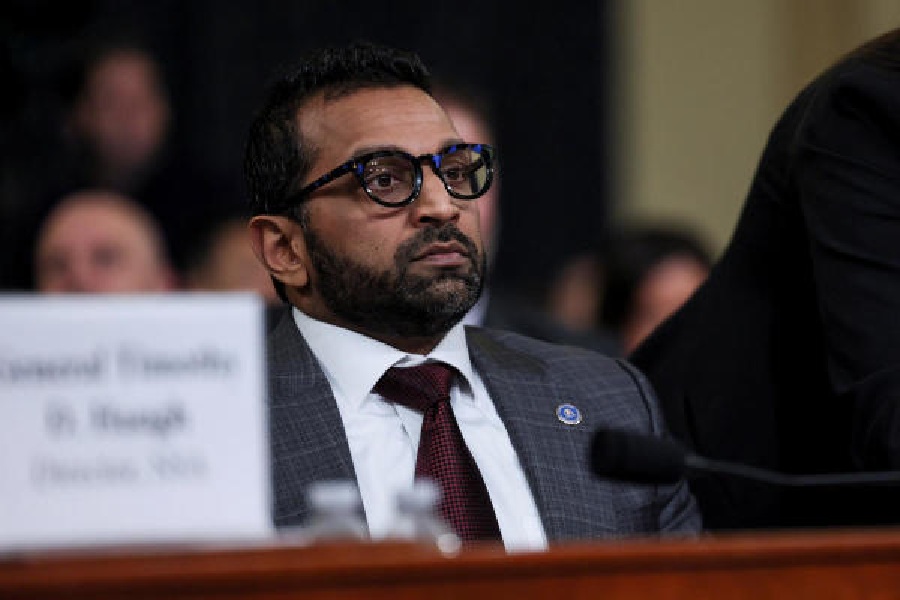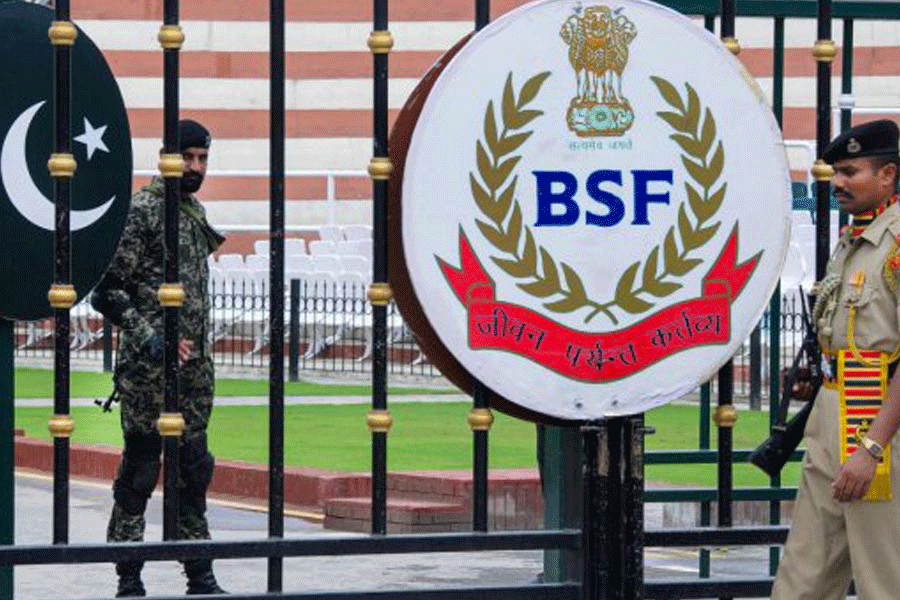New Delhi, Oct. 21: Cigarette major Godfrey Phillips India is launching its upmarket tobacco product around Christmas—cigars from Altadis—even as it gears up to launch its own downmarket non-filter cigarette brand in about two months.
Speaking to The Telegraph, K. K. Modi, president of the Rs 960-crore Godfrey Phillips India (GPIL) said, “Our new brand of low-cost cigarettes to be priced below Rs 10 for a pack of 10, will be launched in two to three months, subject to the successful test marketing which it is undergoing now.”
Modi said Godfrey Phillips has tied up with Altadis, the largest cigar manufacturing company in the United States, to import a range of its cigars that will be priced across a spectrum of Rs 8 to Rs 300 per cigar. The cigars will be launched around Christmas in New Delhi.
Modi said there is a niche market for cigars that the company wanted to tap. “Once the market develops, we even plan to import cigars that are as expensive as Rs 3,000-4,000 per cigar.”
Modi is equally upbeat about the low-cost cigarette brand that the company plans to launch. “One of the reasons for a declining cigarette market is that the inflation in the price of cigarettes has been much more than the earnings of its consumers,” he said, adding, “we will also target the dual smokers who smoke both bidis and cigarettes.”
The new cigarette brand will be first launched in the markets of Delhi and Mumbai. However, the test marketing right now is being done in a few small towns, as the cost of test marketing is less there.
Modi said a few brandnames have been identified for the cigarette, but it is yet to be finalised. GPIL’s existing cigarette brands include Four Square, Red & White, Cavanders, Select and North Pole.
Company sources said the non-filter cigarette can be smoked with the help of a small pipe with a filter which can be used repeatedly. The non-filter cigarette is likely to be priced between Rs 6-7 for a pack of 10.
Modi holds 36 per cent stake in GPIL and foreign partner Philip Morris holds another 36 per cent. Another 20 per cent is with the Indian public and the rest is held by institutional investors.










